Nest Thermostat vs Nest Learning Thermostat
Even though Matter has been around for a while now, Nest is still the only game in town when it comes to thermostats that support the smart home standard. However, with two options to choose from, how do you know which is the best Matter-compatible thermostat for your home?
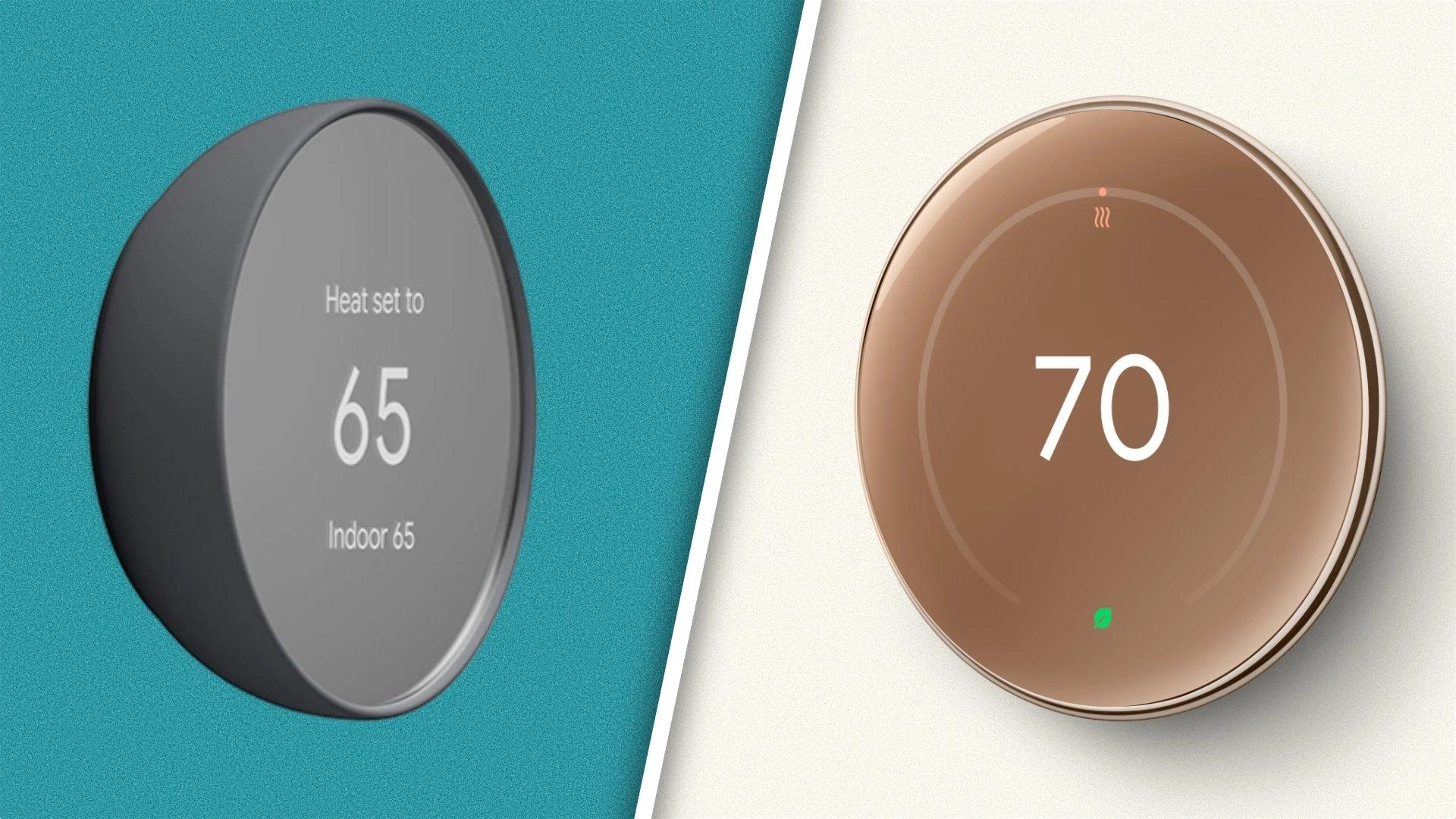
Please note: This page may contain affiliate links. Read our ethics policy
Even though Matter has been around for a while now, Nest is still the only game in town when it comes to thermostats that support the smart home standard. However, with two options to choose from, how do you know which is the best Matter-compatible thermostat for your home? We're here to help with our breakdown of all the specs, features, and more.
Nest Thermostat vs Nest Learning Thermostat: Matter Integration
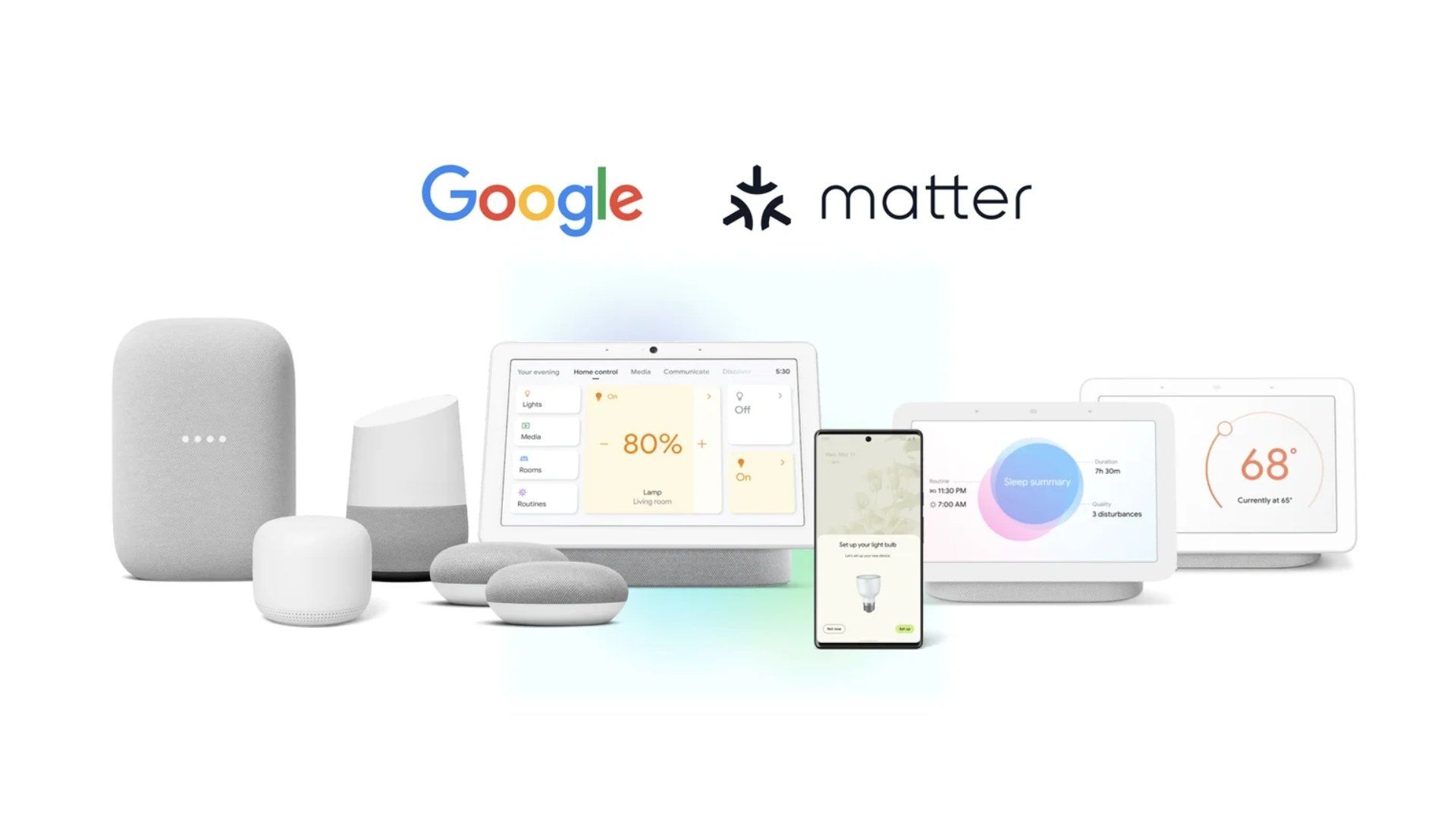
Before we dive into the differences between the two Nest Thermostats, let's first talk about Matter integration. When connected to Matter, thermostat devices all have a base set of features which are then exposed to the various smart home platforms like Apple Home, Google, or Alexa.
Matter features include setpoint adjustments, current temperature sensor readings, and mode switching. Thermostats can also be used in scenes and automation, but your options will vary depending on your preferred ecosystem.
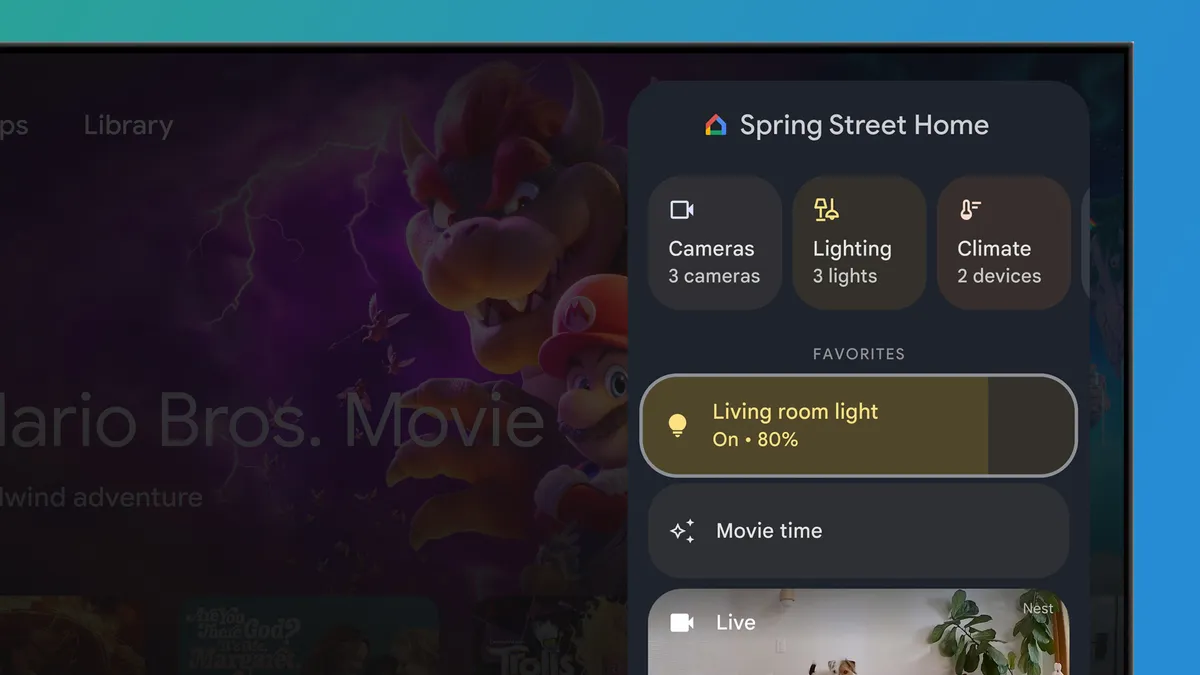
As you might expect being from Google, adding a Nest Thermostat to Google Home unlocks additional capabilities. These include house fan control, humidity sensing, schedules, and energy usage.
We expect to see these features added to Matter over time, but for now, you'll need to juggle two apps if Google Home isn't your platform of choice.
Nest Thermostat vs Nest Learning Thermostat: The Specs

Since Matter levels the playing field on the software side for the most part, we'll now turn our attention to hardware. Let's start by taking a look at the most important specs:
|
|
Nest Thermostat (2020) |
Nest Learning Thermostat (4th gen) |
|
Price |
$129.99 |
$279.99 |
|
Dimensions |
3.3" Diameter, 1.07" Depth |
3.9" Diameter, 1.1" Depth |
|
Weight |
4.9 oz |
5.7 oz |
|
Finishes |
4 (Snow, Sand, Fog, Charcoal) |
3 (Polished Silver, Polished Obsidian, Polished Gold) |
|
Case Material |
Plastic |
Stainless Steel |
|
Display |
2.4" (240x320 pixels) |
2.7" (600x600 pixels) |
|
Power |
C-Wire/Power Connector Required For Some Installations |
No C-Wire Needed |
|
Battery |
2x 1.5V AAA (Included) |
Built-in Rechargable Lithium |
|
Energy Consumption |
> 1kWh Monthly |
> 1kWh Monthly |
|
Connectivity |
802.11n 2.4/5GHz Wi-Fi, Bluetooth LE |
802.11n 2.4/5 GHz Wi-Fi |
|
Sensors |
Soli Motion, Temperature, Humidity, Ambient Light |
Soli Motion, Temperature, Humidity, Ambient Light |
|
Controls |
Side Touch/Tap |
Outer Ring Dial/Press |
|
Compatibility |
85% |
Most |
|
Multi-Zone Support |
Yes |
Yes |
|
Humidifier/Dehumidifier Support |
No |
Yes |
|
Ventiliation Support |
No |
Yes |
|
External Sensor Support |
No |
Yes, 1 Included |
|
Farsight |
No |
Yes |
|
Learning |
No (Suggestions Only) |
Yes (Auto, Suggestions) |
|
System Health Monitoring |
Yes |
Yes |
|
Trim Kit |
Optional |
Yes, Included |
|
Warranty |
1 Year |
2 Years |
As you can see, there are quite a few differences between the two Nest thermostats. Of course, just looking at a spec table can be a little overwhelming so we will narrow our comparison down to four key areas: price, design, compatibility, and features.
Nest Thermostat vs Nest Learning Thermostat: Price
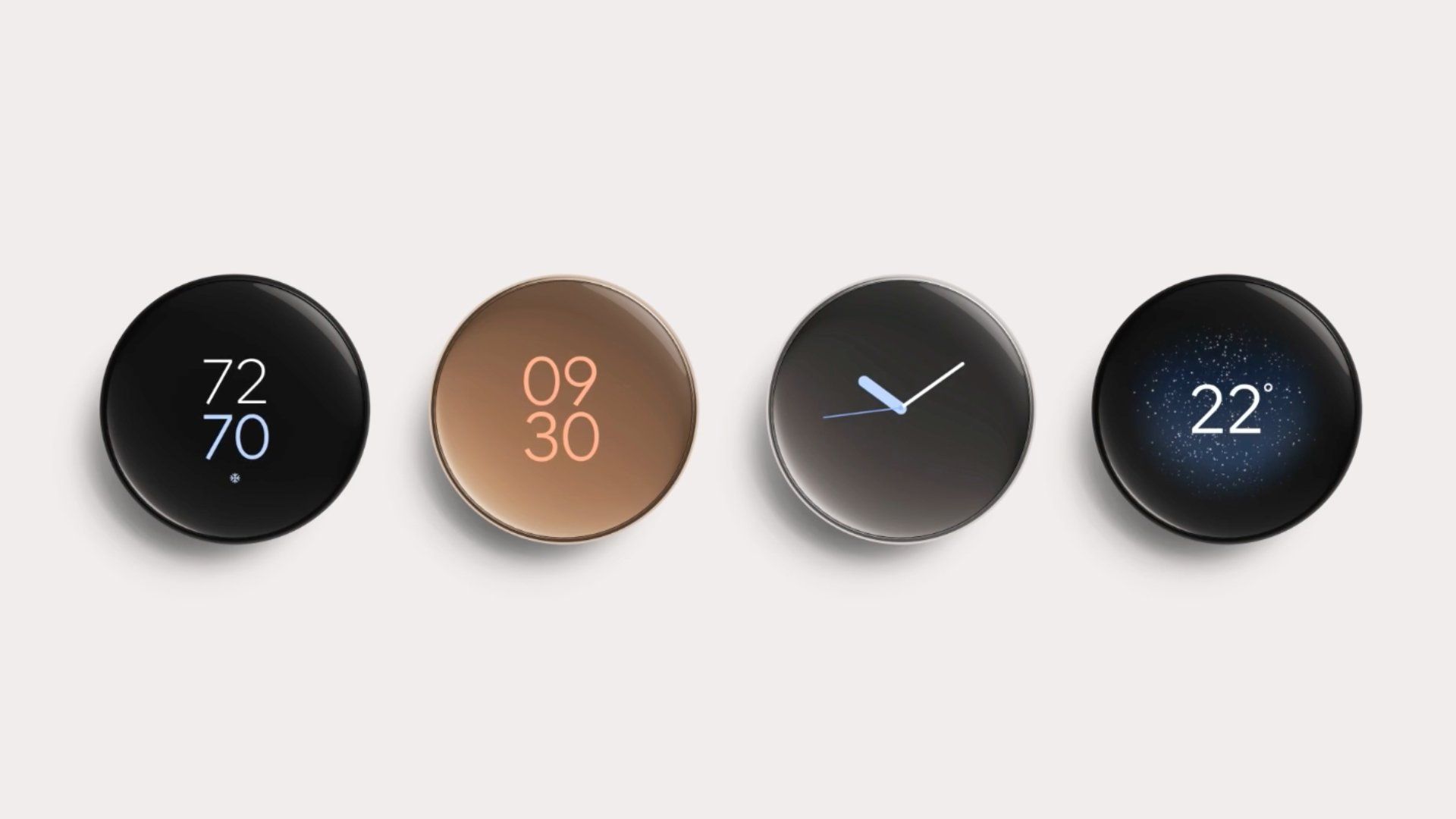
Starting with price, the 2020 Nest Thermostat retails for $129.99 which is $150 lower than the Nest Learning Thermostat's MSRP of $279.99. The price discrepancy grows even larger when you factor in sales throughout the year—especially around the holidays—with discounts frequently making the thermostat available for under $100.
Rebates and promotions from local utility companies can also make a huge impact on prices. Some utilities will offer discounts in the form of gift cards via rebates and monthly credits, while others will provide the 2020 model for free if you sign up for energy savings programs.
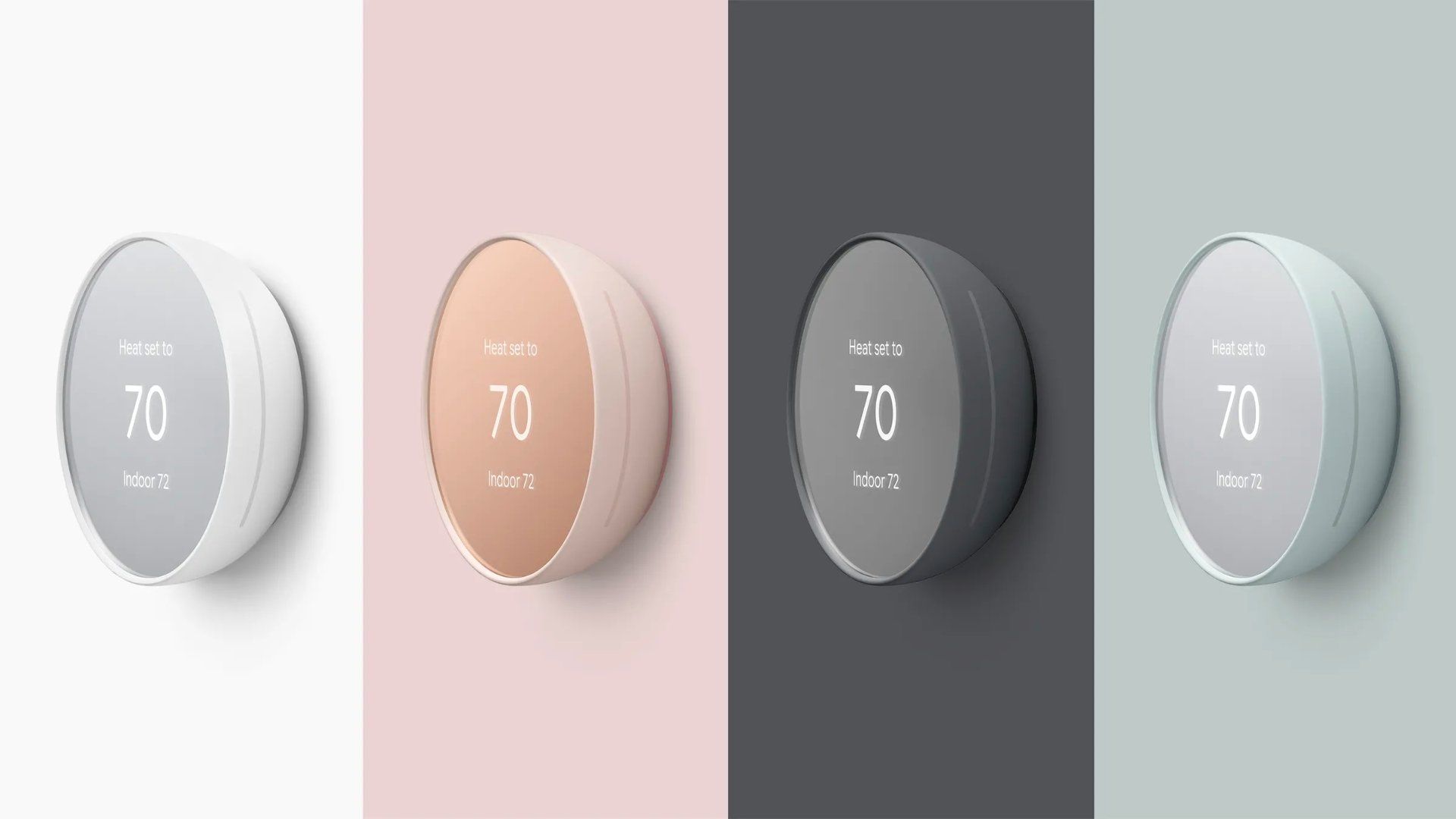
Before purchasing a thermostat, you can use Google's Nest Energy Rebates tool to check for potential savings. All you need to do is enter your zip code to see offers from your local utilities.
If you go the utility company route, you'll want to pay close attention to the terms and conditions. Energy savings programs often entail allowing remote access to your thermostat which can result in temperature setpoint changes during peak usage times so you may not have full control over your home's climate.
Nest Thermostat vs Nest Learning Thermostat: Design

The large pricing difference between the two Nest Thermostats leads us to our next category—design. If it wasn't apparent by now, the Nest Thermostat 2020 is positioned as an entry-level model with a plastic frame and four color options, while the pricier Nest Learning Thermostat is the more premium option with a polished stainless steel chassis that comes in three distinct finishes.
Both Nest options look fantastic on the wall when compared to traditional thermostats, but interacting with them will make it apparent which one is the budget model. The 2020 model features a capacitive touch surface located on the right side of its frame that accepts swipes and taps for control.

However, the 4th Gen Learning Thermostat carries over the iconic Nest Thermostat dial system where you can make adjustments simply by turning the device and confirming actions by pressing it in. While smart capabilities make on-device control somewhat irrelevant, we found the 2020 model's approach to be wildly inconsistent with the thermostat failing to pick up the direction of swipes leading to frustrations with trying to make a simple temperature change.
The 2020 model also features a lower-quality 2.4-inch, 240x320 screen underneath the face of its mirrored glass. The small screen limits its ability to show metrics outside of temperature and the setpoint, while the larger 2.7-inch 600x600 screen on the Learning Thermostat can turn into a full-blown clock when not in use—which we love.
One last design aspect to consider is the actual size of the Nest thermostats as both are significantly smaller than traditional units. Replacing an older unit will almost certainly expose missing paint or holes in your wall which can be covered by a trim plate, but only the Nest Learning Thermostat includes one in the box.
Nest Thermostat vs Nest Learning Thermostat: Compatibility
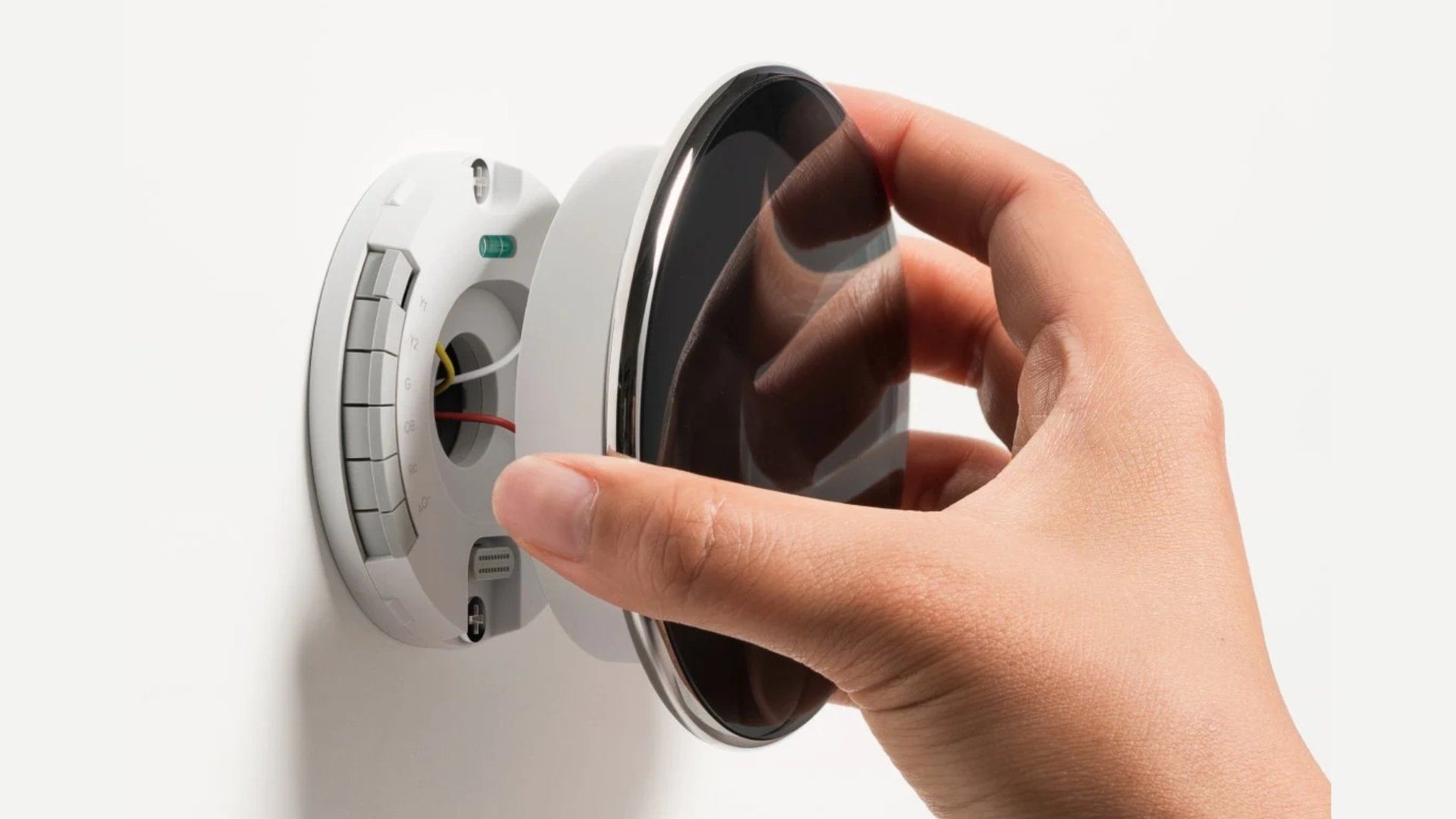
Another major area of importance when choosing a thermostat is compatibility. Nest thermostats offer a simple DIY installation experience and broad compatibility that covers most HVAC systems—but not all.
As of this time of writing, Google currently lists the 2020 Nest Thermostat as being compatible with 85% of all residential HVAC systems while the company simply refers to the 4th Gen Learning Thermostat as being compatible with "the most HVAC systems". We suspect that it's written this way because the Learning Thermostat includes support for humidification and ventilation systems—something the 2020 model lacks.
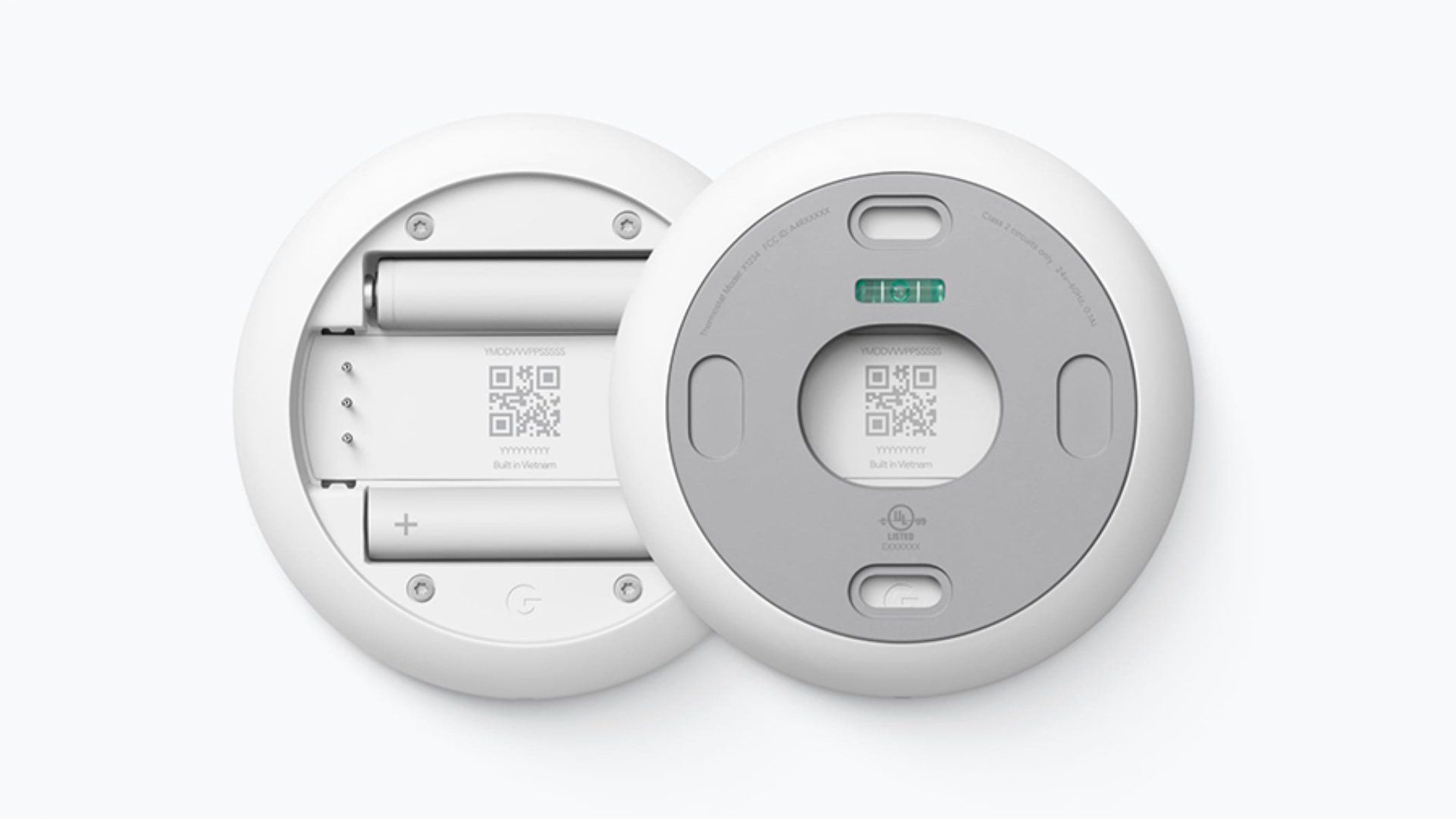
Another thing that the 2020 model lacks is a built-in rechargeable battery. The built-in battery allows the Nest Learning Thermostat to run even when not connected to wiring and acts as a backup during power outages. The 2020 Nest Thermostat uses 2x AAA batteries for power which are not quite as convenient, but is still manageable as they typically last for months at a time.
Regardless of model, some systems that are missing a C-Wire—which provides always-on power to the thermostat—may require a Nest Power Connector, which can be purchased directly from Google. Before making your purchase, we strongly recommend that you visit Google's online Compatibility Checker.
Nest Thermostat vs Nest Learning Thermostat: Features

In addition to design, the 4th Gen Nest Learning Thermostat also has a couple of important feature advantages over the base model. First and foremost, is the inclusion of a remote temperature sensor that allows the thermostat to take another room's climate into account when activating heating or cooling.
The Nest Learning Thermostat supports up to six temperature sensors so you can place them in the most important areas in your home—such as bedrooms. But, as cool as Nest's sensor is, its marquee feature can be replicated with a Matter-compatible temperature sensor and by creating an automation.
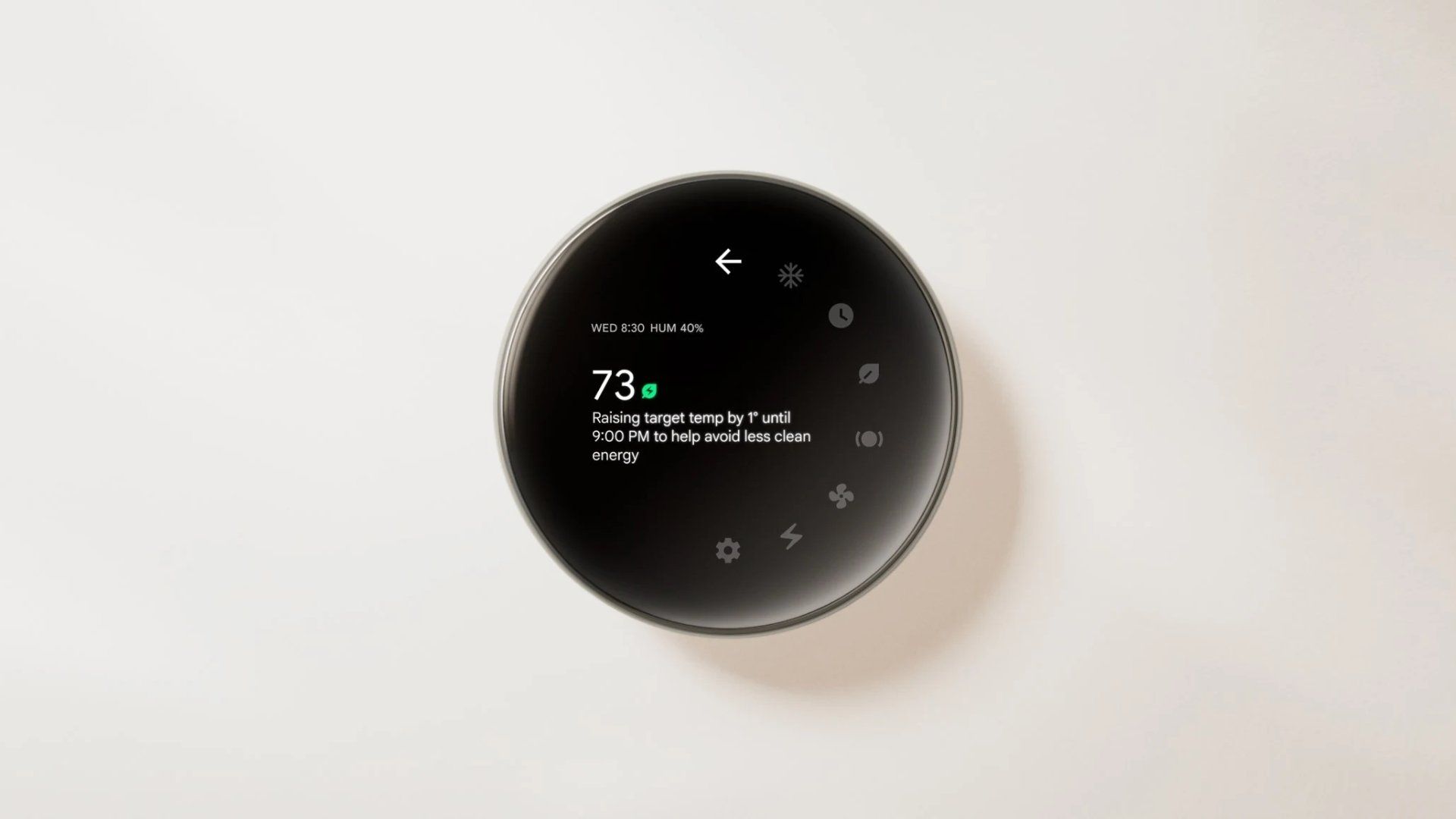
The other key advantage that the Nest Learning Thermostat has over the base model can be found in its name—learning capabilities. Through daily usage, the Nest Learning Thermostat will learn from your preferred temperature settings, factor in what times adjustments are typically made, and automatically adjust itself when nobody is home.
According to Google, the 4th Gen's learning capabilities can save users up to 15% on heating and cooling costs yearly. Your mileage may vary, but at the very least, the Nest Learning Thermostat will take the guesswork out of building a complete schedule for your home.
Nest Thermostat vs Nest Learning Thermostat: Which Should You Choose?

While your HVAC equipment may ultimately end up dictating which thermostat you end up with, we believe that the Nest Thermostat 2020 is the best Matter-compatible option for most. Google's affordable Nest Thermostat offers the same Matter experience for far less, and app/voice commands mitigate any on-device interaction advantages that its more premium offering has.
With that being said, there's certainly a lot to like about the 4th Gen Nest Learning Thermostat. The 4th Gen's display and polished steel design are absolutely gorgeous, the included trim plate and temperature sensor are nice to have extras, and its learning capabilities truly put the "auto" in home automation.
Whichever option you choose, you'll be making adjustments from the comforts of your couch, and automating it alongside other accessories with ease thanks to Matter.
About the Author

Christopher Close
Smart Home Editor
After graduating with a BAS in Technology Administration, Christopher has been covering Matter, Apple HomeKit, and the smart home industry for various sites including iMore, MakeUseOf, HomeKit News, and HomeKit Hero since 2018. Whether it is installing smart light switches, testing the latest door locks, or automating his households daily routines, Christopher has done it all.
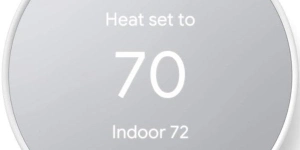
Google Nest Thermostat
The Google Nest Thermostat, compatible with Matter, offers energy-saving temperature control and can be adjusted remotely via the Google Home app.

Nest Learning Thermostat 4th gen
The Nest Learning Thermostat (4th Gen) is a smart, energy-efficient thermostat compatible with most HVAC systems and supports Matter for broad smart home integration.